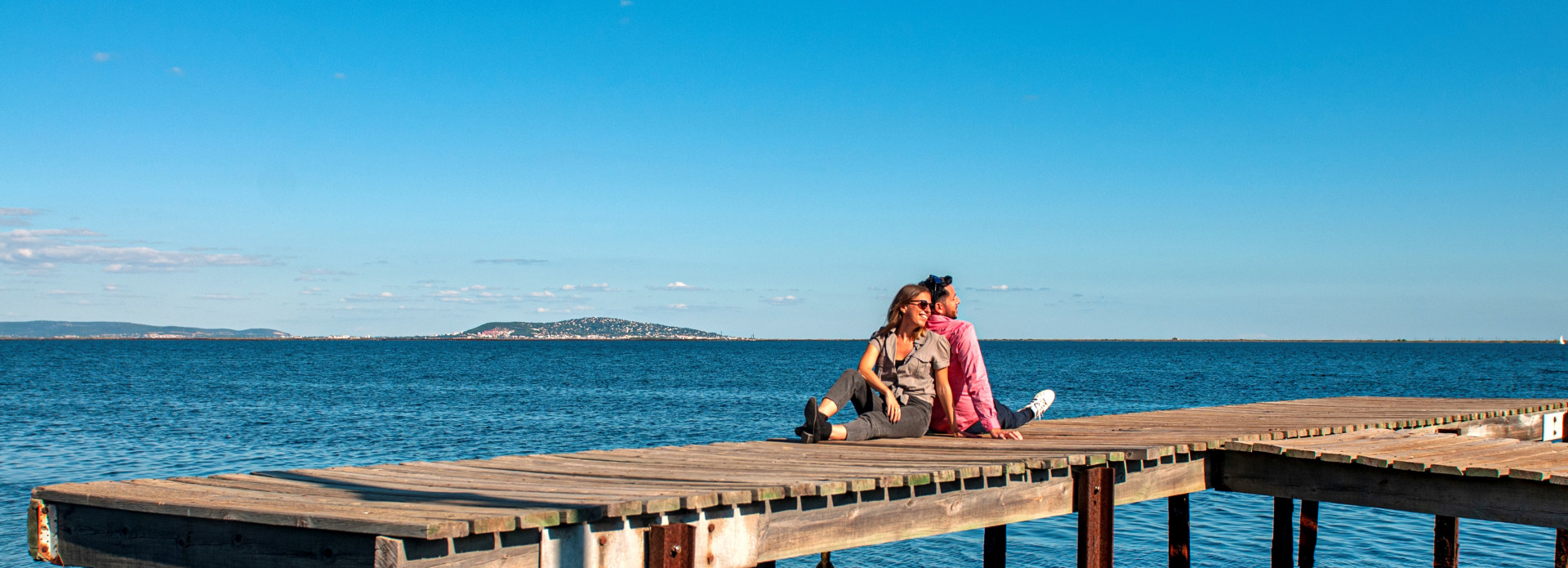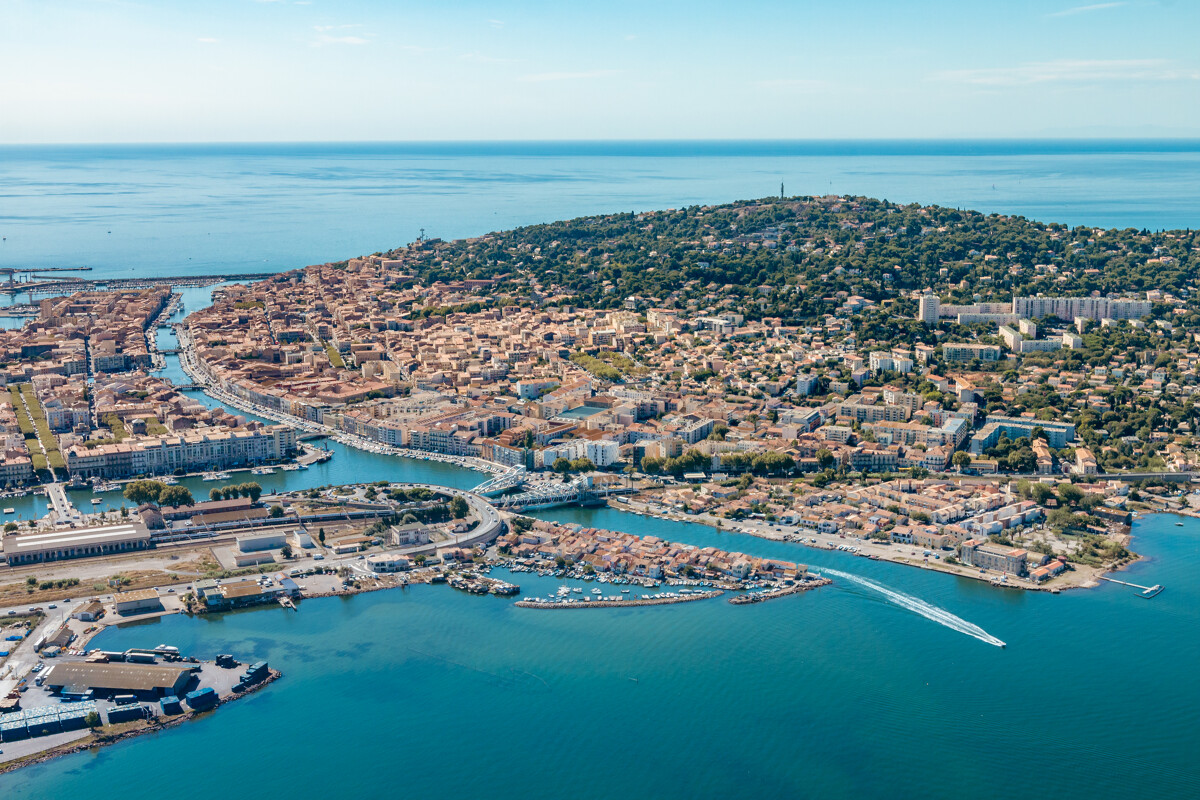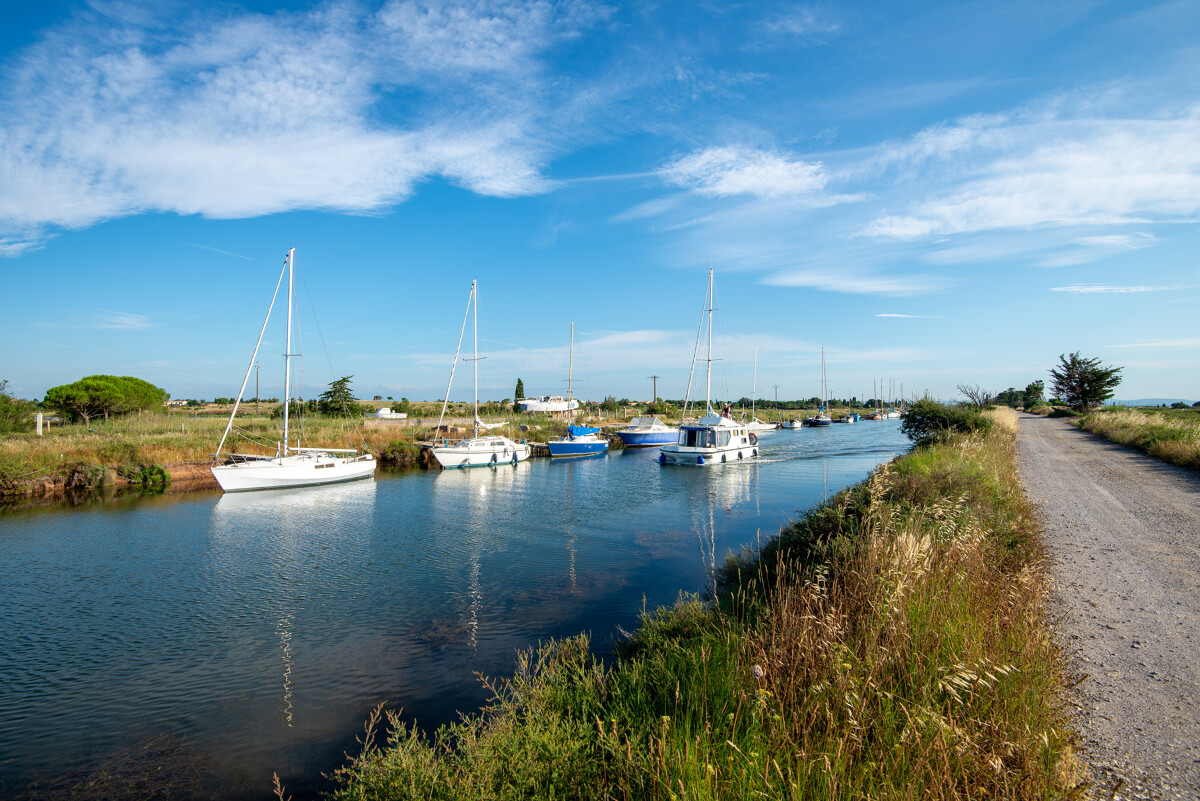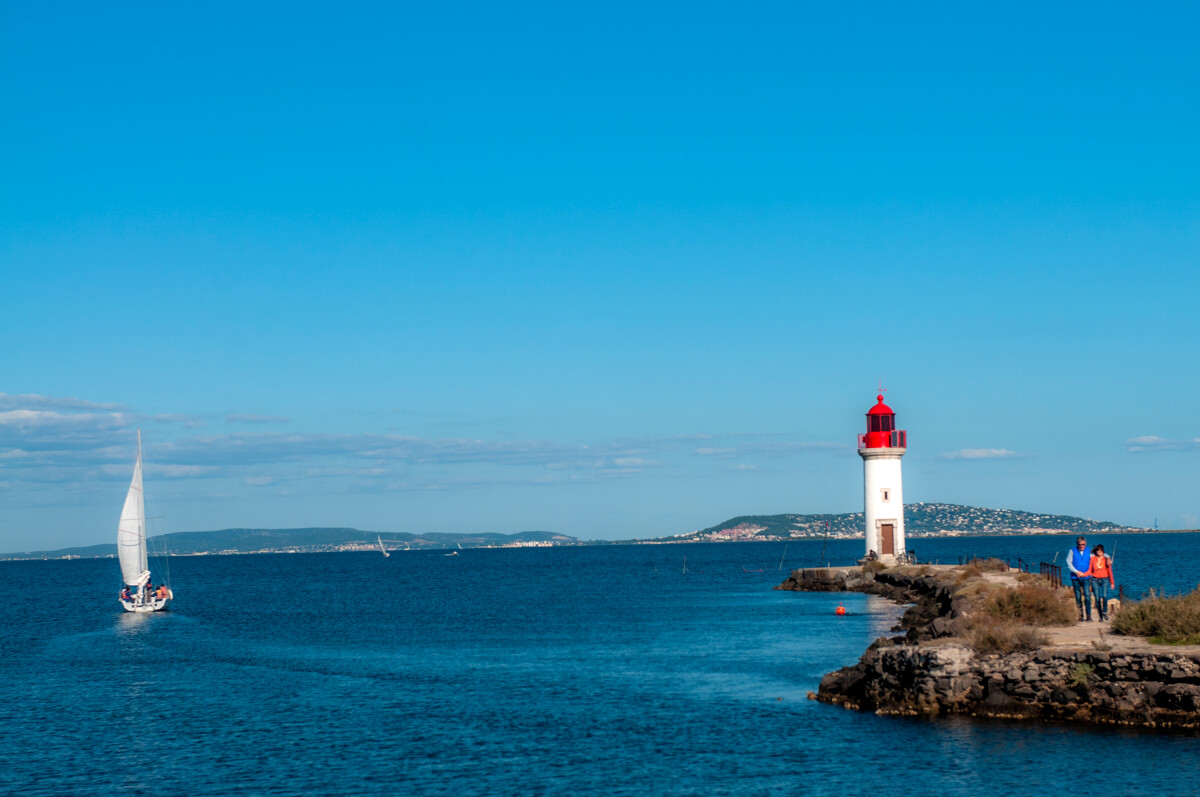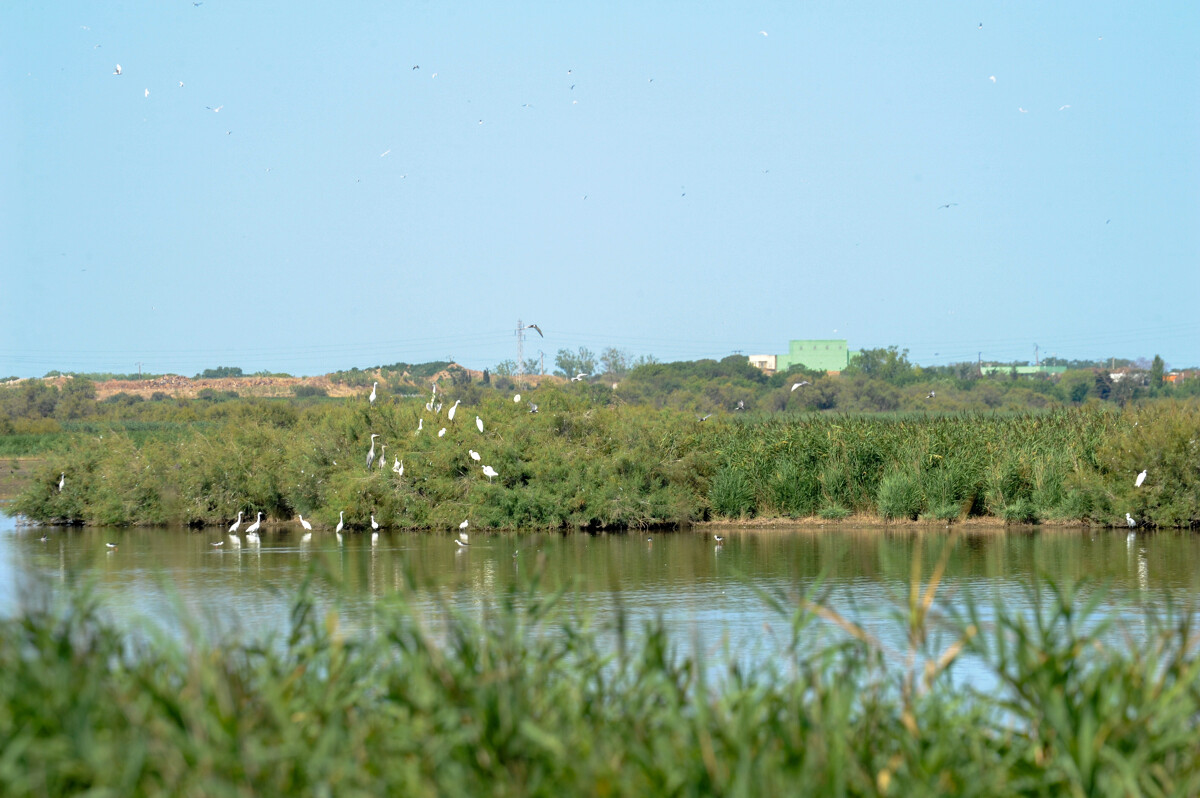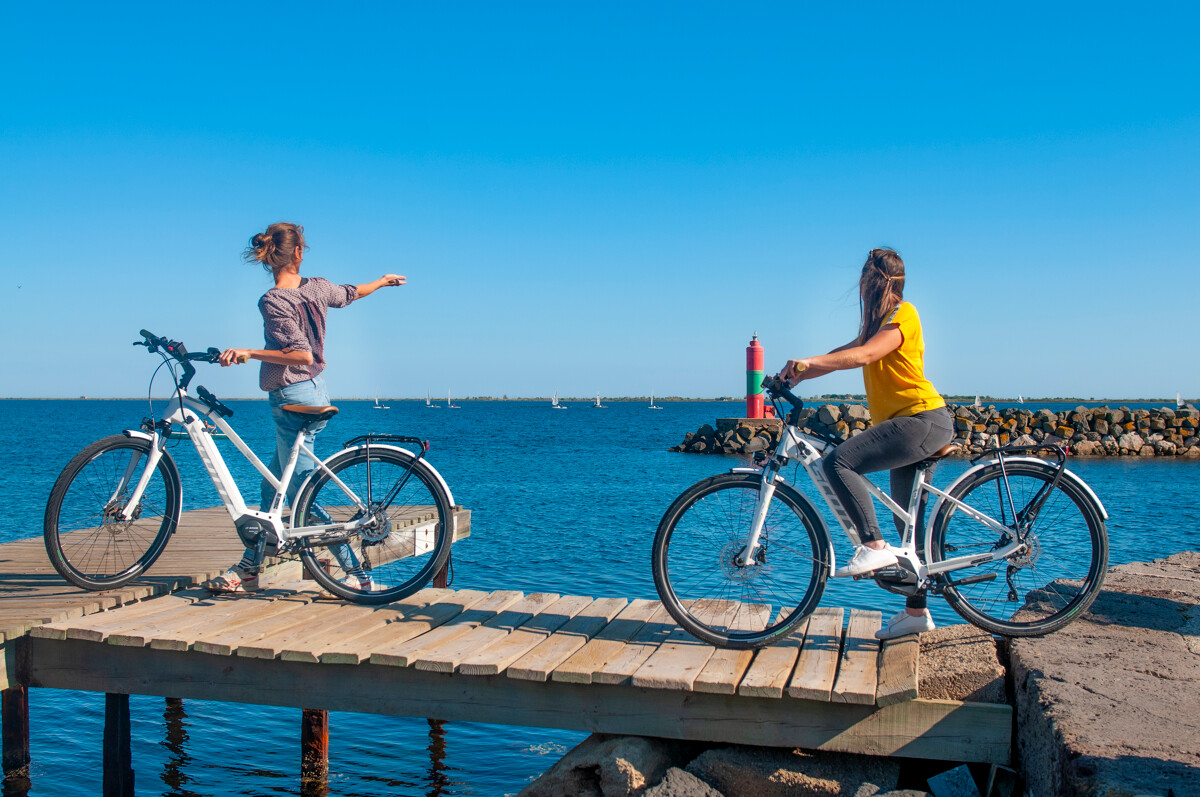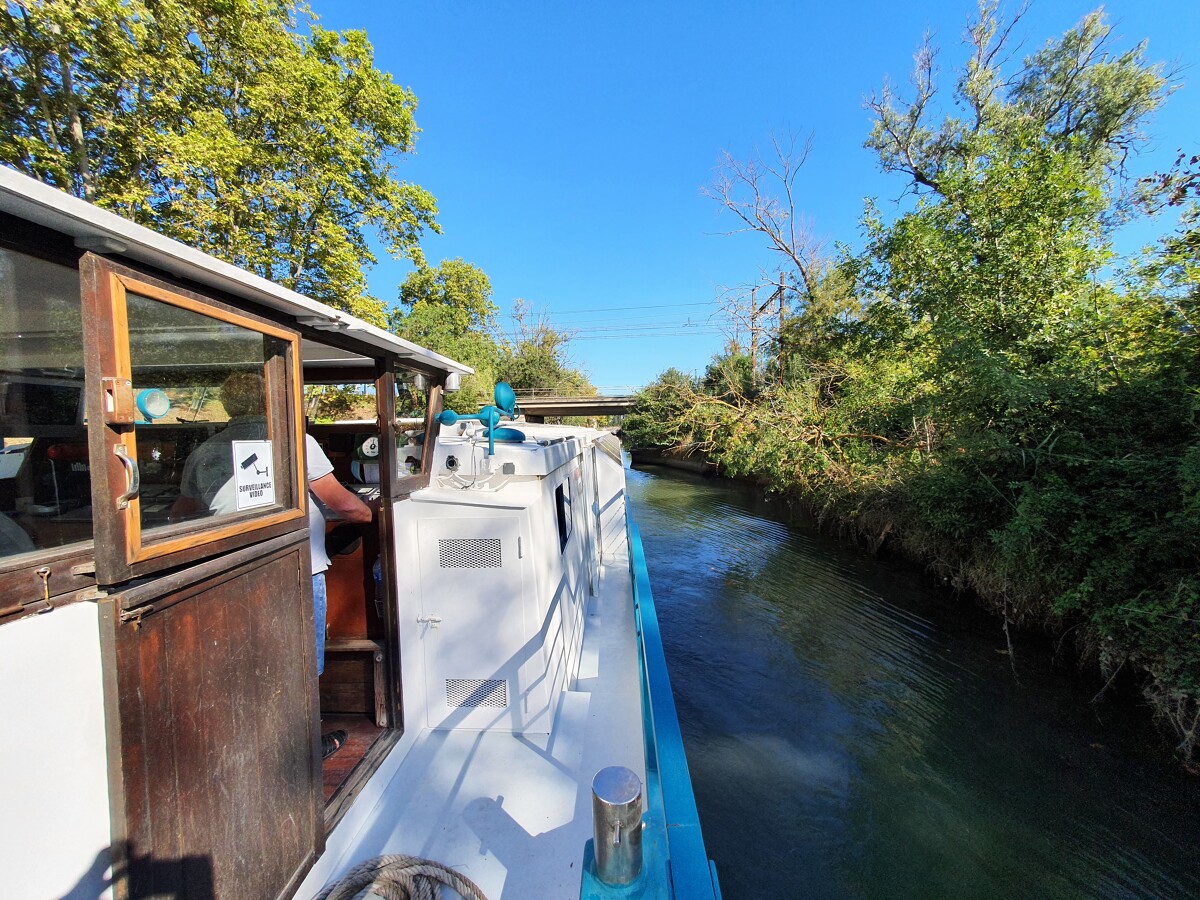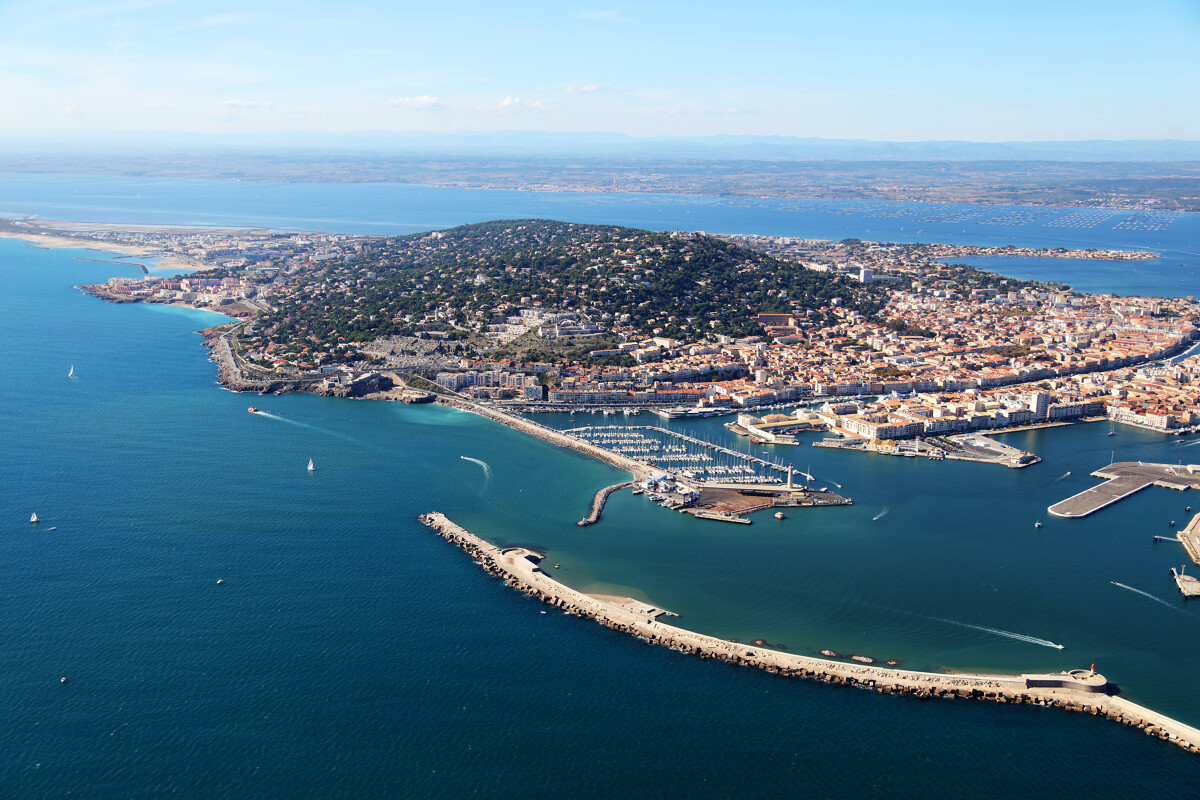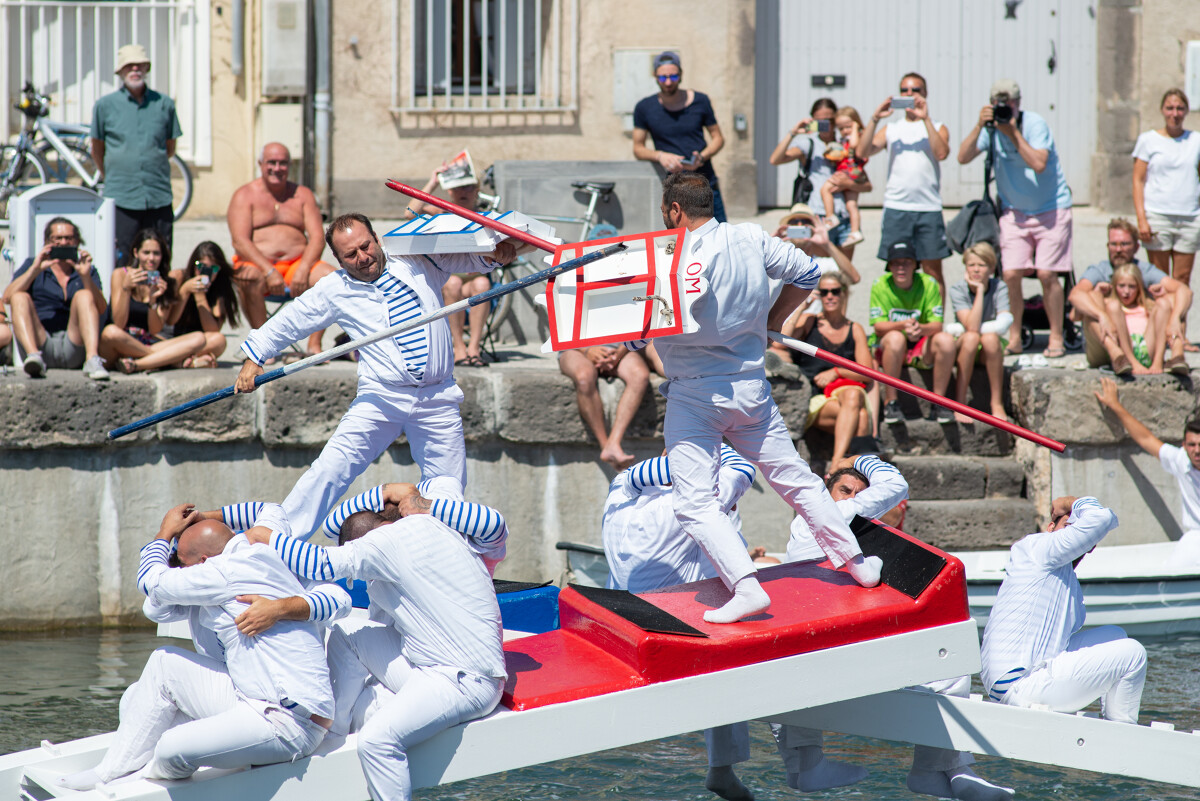The Canal du Midi
Presentation
It is in the Thau archipelago that everything begins or ends, depending on whether you choose to follow the natural course of the Canal du Midi or to go upstream... Yes, the destination also counts among its treasures this jewel classified as a UNESCO World Heritage Site.
So, if you feel like having a new experience on foot, by bike or by boat, you will not be disappointed as this is one of the best ways to visit the maritime city of Sète, cross the Thau lagoon and admire the Pointe des Onglous in Marseillan.
A bit of history
But before revealing all the activities to do around the Canal du Midi, we suggest you tell us a little more about its history.
Considered as a unique work in the world, we owe this technical feat to Pierre-Paul Riquet who, under the reign of Louis XIV, defied nature to link the Atlantic Ocean to the Mediterranean Sea...
Unsurprisingly, it was a success after nearly 15 years of work (1666-1681) and 261 km of detours between Toulouse and Sète via the Bagnas, the former delta of the Hérault River.
The Pointe des Onglous
But before flowing into the Mediterranean via the Royal Canal which crosses Sète, the Canal du Midi empties into the waters of the Thau lagoon and more precisely at the Pointe des Onglous in Marseillan.
One last diversions and the Onglous lighthouse stands proudly at the eastern end of the canal. In the background, a dreamy panorama emerges with Mount Saint Clair, the oyster beds and the listed port of Marseillan.
You can admire the whole from the deck of your boat or prefer to walk or cycle on land. This is a great opportunity to discover the Bagnas reserve.
The Bagnas reserve
A real paradise for around 200 species of birds, among others, the Bagnas reserve offers the possibility of discovering the Onglous lighthouse and the Canal du Midi from a different angle.
With your hiking boots and a pair of binoculars, this National Nature Reserve classified Natura 2000 and its 561 hectares are open to beginners as well as to regular walkers and cyclists via two freely accessible paths, the information on which you will find on this map.
An excursion by bike
If this little taste of freedom gives you wings, you should know that it is quite possible to explore the Canal du Midi and more widely the Thau lagoon by bike thanks to several cycle routes.
Starting from Marseillan, cycle to Mèze and enjoy the 16 kilometres (about 2 hours) of scenery that awaits you: lagoon, marshes, vineyards.... Not forgetting the Souplé meadows, a natural area classified as Natura 2000.
Taking to the open sea
If you prefer to take to the open sea (or almost), you should know that you can also discover the Canal du Midi by boat (if you do not have your own boat) and why not accompany this trip with a guided tour, a typical meal of the region...
If you are tempted by the experience, don't hesitate to contact one of our partners: les bateaux du Soleil, Midi Cap Thau, les péniches de Thau, l'école de voile Les Glénans... Or go directly to our online ticketing service to find out about the next boat trips to be made in the Thau archipelago.
Sète
The Sun King, Louis XIV himself, is responsible for the exceptional destiny of Sète. Wishing to link the Canal du Midi to the Grande Bleue, the King of France and Navarre chose the seaside town as the place where the waters would meet.
Major works were then undertaken and, a few years later, on 29 July 1666, the port of Sète was inaugurated with great pomp and ceremony... A memorable jousting tournament.
A little extra: It is also thanks to this development that the city is known today as the Venice of Languedoc with its colourful quays and its twelve flowery bridges.
The jousts
This is how this unmissable tradition of the Mediterranean city was born and since then Louis, the patron saint of the city, has been celebrated at the Cadre Royal. It has been going on for 350 years and it is not about to stop!
Rendezvous on the public square that is the Royal Canal to see two men dressed in white, balanced on the tip of a boat and equipped with a lance and a bulwark.
In front of an enthusiastic audience, these chivalrous tournaments on the water take place all summer in Sète, but also in the ports of the Thau Archipelago: Marseillan, Frontignan, Balaruc-les-Bains and Mèze. The "must" of them all is the Grand Prix de la Saint Louis in Sète as it is the most prestigious of the tournaments.



